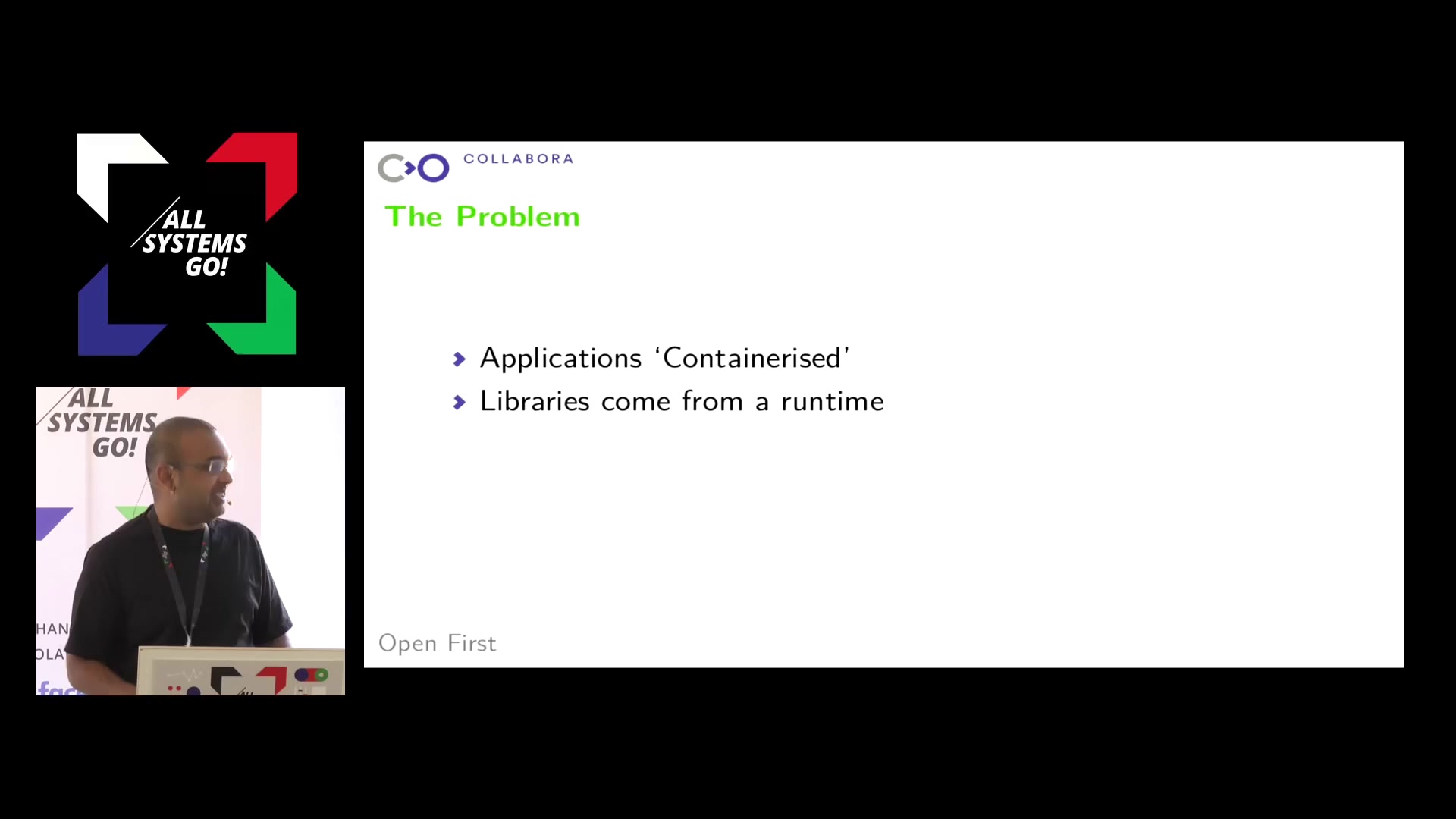The leading linux desktop platform issues of 2018. are the same as in year 2004. 
So move on, there is no issues - if you want install it, if you don't want then don't Really there is nothing to do there, other than maybe to push people to use it
Really there is nothing to do there, other than maybe to push people to use it 
The greatest known pushing metaphor of all time is some company to pushing it together with the hardware, so that is it - make it sexy enough, so that people don't complain so much and push it


He, he, if click it does not work then just push it - maybe it will work that way. Otherwise find your brain somewhere and type in something
There is no what to invent on that point really Microsoft, Apple, Google... these all are where they are because they push software together with hardware
Microsoft, Apple, Google... these all are where they are because they push software together with hardware 
While Linux as Linux of course nope, that just pushes software but not hardware

So move on, there is no issues - if you want install it, if you don't want then don't
 Really there is nothing to do there, other than maybe to push people to use it
Really there is nothing to do there, other than maybe to push people to use it 
The greatest known pushing metaphor of all time is some company to pushing it together with the hardware, so that is it - make it sexy enough, so that people don't complain so much and push it

He, he, if click it does not work then just push it - maybe it will work that way. Otherwise find your brain somewhere and type in something

There is no what to invent on that point really
 Microsoft, Apple, Google... these all are where they are because they push software together with hardware
Microsoft, Apple, Google... these all are where they are because they push software together with hardware 
While Linux as Linux of course nope, that just pushes software but not hardware




Comment